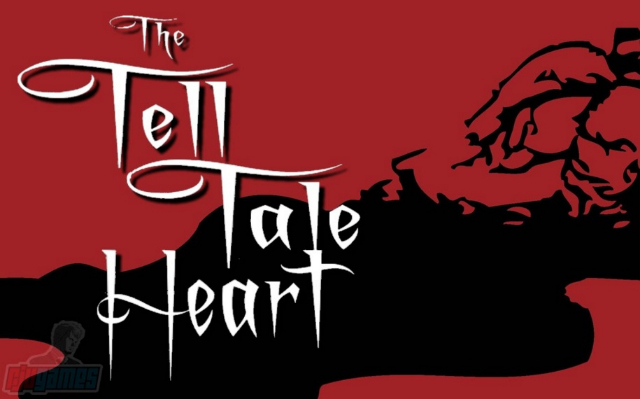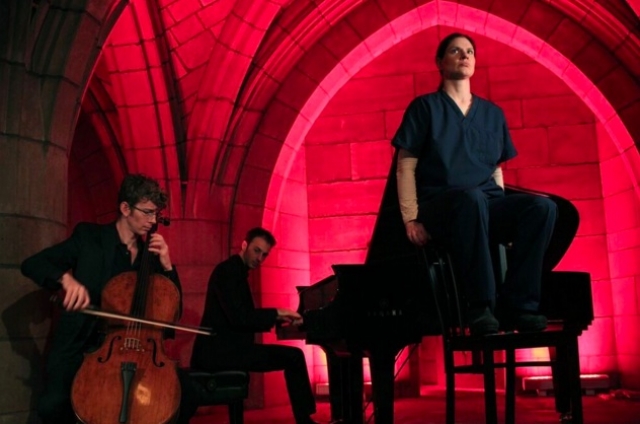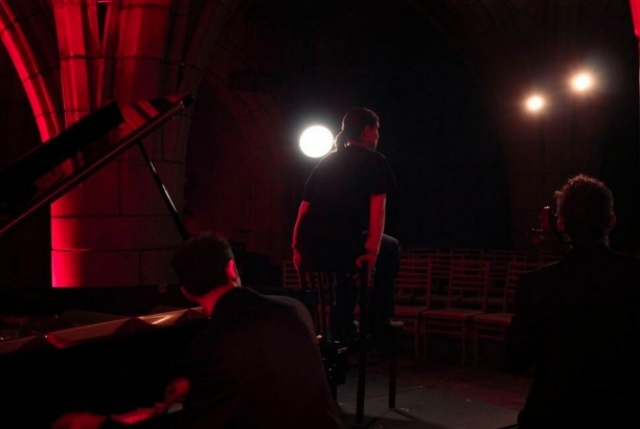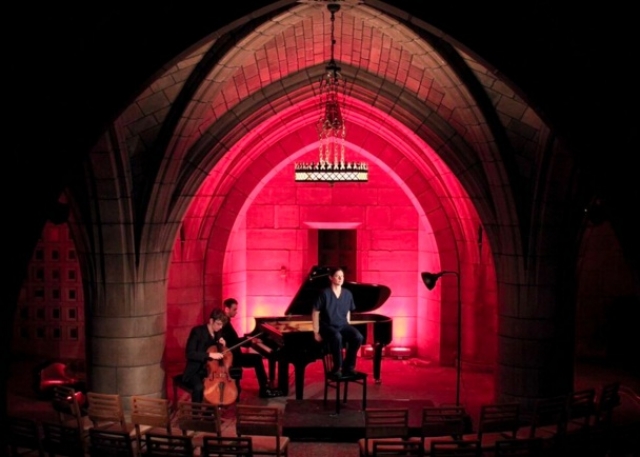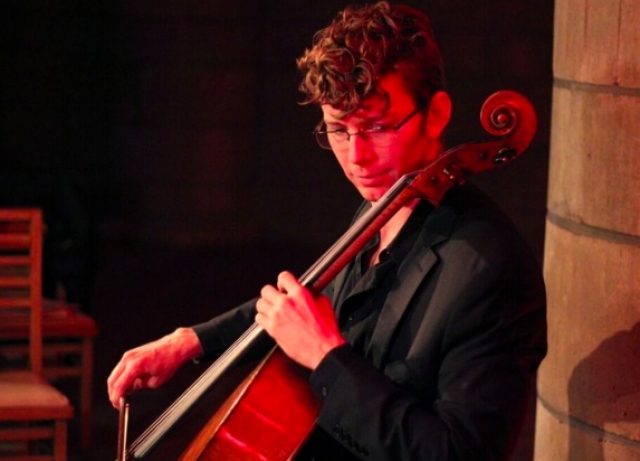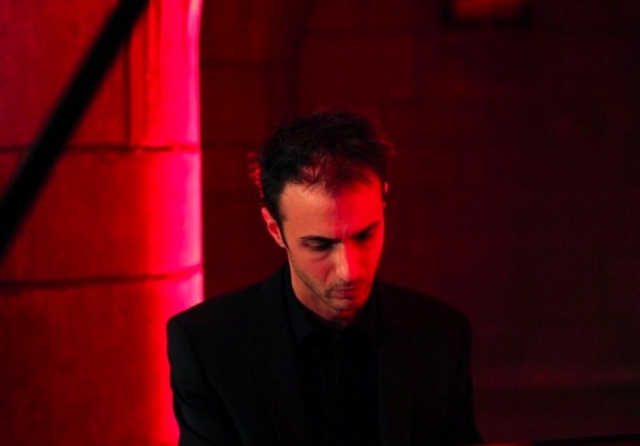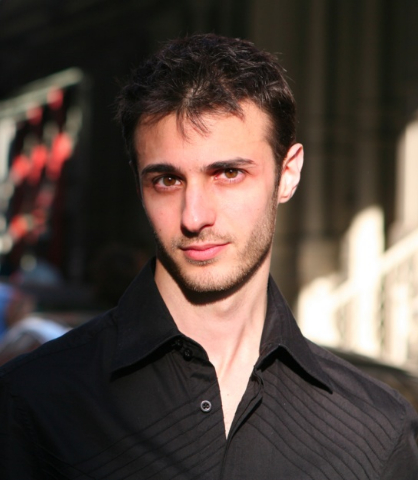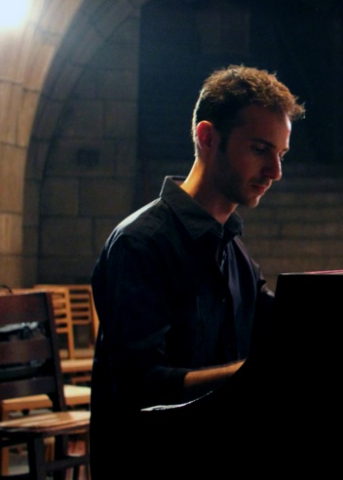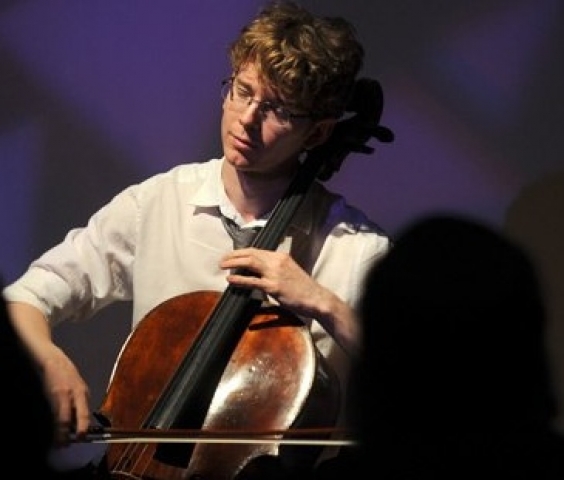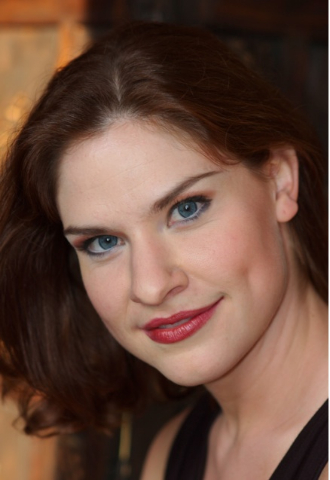Kallor Opera, The Tell Tale Heart
Tales from the Crypt
By: Susan Hall - Oct 27, 2016
The Tell Tale Heart
By Gregg Kallor
Based on Edgar Allen Poe
Gregg Kallor. piano Joshua Roman,cello Elizabeth Pojanowski, mezzo soprano
Presented by On Site Opera and Unison Media
Undercurrent By Gregg Kallor
Spiegel im Spiegel By Arvo Part
Directed by Sarah Meyers
Piano courtesy of Yamaha
The Crypt at Church of the Intercession
New York, New York
October 26 & 28, 2016
The Tell Tale Heart is one of Edgar Allen Poe’s most famous short, short stories. For a composer of opera, the task of shaping this story into a musical presentation is made easier by the musicality of Poe’s language. Gregg Kallor takes full advantage of the opportunity.
Now set by On Site Opera in collaboration with Unison Media in a crypt in the basement of the Church of the Intercession in New York, further creepy opportunities arise. The lighting director, Shawn Kaufman. using blue and white and red, haunts the crypt. Even the creaking door which is the entrance to the room of an old man with an evil eye, creaks open here. Grotesqueries abound. Director Sarah Meyers has her own brilliant eye on opportunities.
Presented as chamber opera, with Joshua Roman on cello and the composer on piano, Elizabeth Pojanowski, the gifted mezzo soprano whose burgeoning world wide career has caught opera’s eye, incorporated the mad storm at the heart of the tale’s narrator.
She enters on a whisper, defending her intent to eliminate not the old man, who she likes, but his evil eye which is fixed on her, driving her crazy.
Sustaining the tonal arc of a monodrama is a large order. There is not a moment when Pojanowski does not fill her mission, to spiral the madness of the character and drive her both to the goal of murder and then around the bend as the heart of darkness beats and beats until she collapses in a weird guilt. She is left standing before an interrogative lamp, captured.
Kallor opens with two thumps, but he does not choose to make the heart beats a musical analogy. Instead he focuses on a mysterious build up of emotional chords and phrases in which the piano and cello often accompany the voice and sometimes operate against it. He mesmerizes until he terrifies.
Pojanowski looms like a brooding owl, driven by desire becoming madder and madder as the old man appears to resist the fate she has designed. As listeners, will she or won’t she becomes a question. Although we know the answer, we are so caught up in the moment in the Crypt that we enter the flow of terror, caught in a web of strings or hammers and particularly of the extraordinary human voice. This is a triumphant monodrama done in a perfect setting.
Taking advantage of the presence of cellist Joshua Roman, Kallor's Undercurrents, a cello concerto which features a dialogue between the two instruments, started the program. It is said that Kallor’s composing is ‘emotional’, but this does not adequately describe his use of dynamics, musical dialogue and lovely chimes constructed with deeply disturbing tones, often miraculously drawn by Roman from his instrument. Strings are like the voice in their range and the depth of their tonality. Roman is a musician who can afford to expose his talent in long drawn out single tones.
This became eminently clear in the pendant to the program, Arvo Part’s Mirror in Mirror. Seldom have so few notes been used to such moving effect. The piano delicately detail arpeggios and the cello draws out tones from the cello the listener has never imagined. Performed in honor of the mother of Andrew Ousley, who creates The Crypt Sessions, the many musical opportunities this venue provides were on magnificent display. The waiting list is packed for the reprise.

